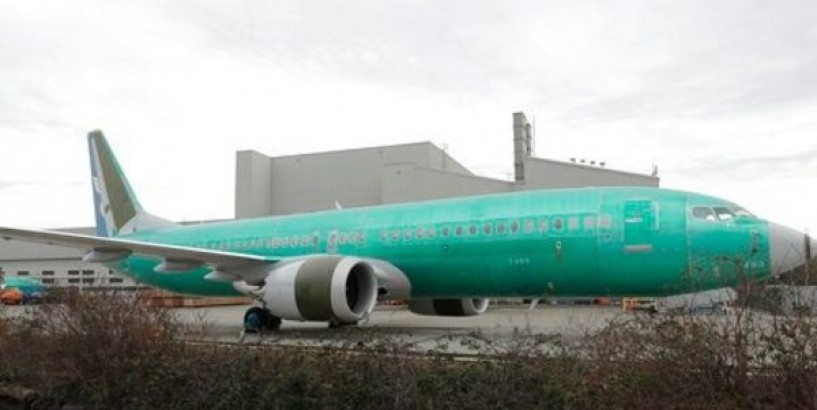Tom Enders just couldn’t resist the swipe at the competition. It was June 2011, and the chief executive officer of Airbus SE was on a stage at the Paris air show after the planemaker won in a matter of days an unprecedented 600 orders for its upgraded A320neo airliner, while Boeing Co. stood on the sidelines.
“If our colleagues in Seattle still maintain we’re only catching up with their 737, I must ask myself what these guys are smoking," Enders blurted out, to the general amusement of the audience, while Boeing representatives at the back of the room looked on.
Boeing had wavered on its decision whether to follow Airbus’s lead and re-engine the 737 or go with an all-new aircraft. Customers were willing to wait for “something more revolutionary," as Jim Albaugh, at the time Boeing’s head of commercial aircraft, said then.
But the European manufacturer’s blow-out success with the A320neo , essentially a re-engined version of its popular narrow-body family, would soon force Boeing’s hand.
As the A320neo became the fastest-selling plane in civil aviation history as Airbus picked off loyal Boeing customers like American Airlines Group Inc., the US company ditched the pursuit of an all-new jet and responded in July 2011 with its own redesign, the 737 Max.
“The program was launched in a panic," said Sash Tusa, an analyst at Agency Partners, an equity research firm in London. “What frightened Boeing most of all was losing their biggest and most important customer. American Airlines was the catalyst."
It turned out that Chicago-based Boeing wasn’t too late to the party in the end: While the Max didn’t quite replicate the neo’s order book, it did become the company’s fastest seller as airlines scrambled to cut their fuel bills with new engines that promised savings of 20 percent or more. All told, the Max raked in about 5,000 orders, keeping the playing field fairly level in the global duopoly between Airbus and Boeing.
Close Scrutiny
Now the 737 Max is grounded globally, after two almost factory-fresh jets crashed in rapid succession. As a result, the repercussions of Boeing’s response to Airbus’s incursion are under the microscope. Getting particular scrutiny are the use of more powerful, fuel-saving engines and automated tools to help pilots control the aircraft.
After the grounding, Boeing said that it “continues to have full confidence in the safety of the 737 Max, and that it was supporting the decision to idle the jets “out of an abundance of caution." The company declined to comment beyond its public statements.
In late October, a plane operated by Lion Air went down minutes after taking off in Jakarta, killing all 189 people on board. Then on March 10, another 737 Max crashed, this time in Ethiopia en route to Kenya. Again, none of the 157 people on board survived the impact.
There are other similarities that alarmed airlines and regulators and stirred public opinion, leading to the grounding of the 737 Max fleet of more than 350 planes. According to the Federal Aviation Administration, “the track of the Ethiopian Airlines flight was very close and behaved very similar to the Lion Air flight."
After decades of steadily declining aircraft accidents, the question of how two identical new planes could simply fall out of the sky minutes after takeoff has led to intense scrutiny of the 737 Max’s systems . Adding to the chorus in the wake of the crash was President Donald Trump , who lamented the complexities of modern aviation, suggesting that









